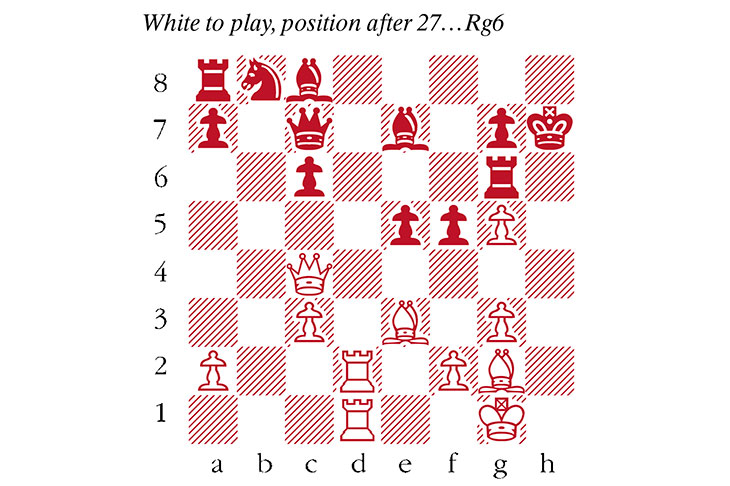Fifty years ago, the USSR faced a ‘Rest of the World’ team in a match in Belgrade, with the likes of Spassky, Petrosian, Larsen and Fischer doing battle on the top boards. The Soviet team, which included five world champions, managed a narrow 20.5-19.5 victory.
In 2020, there are three chess superpowers: the USA, Russia and China. Russia has the deepest pool of talent, and between all three, they boast around half of the world’s top 100 players. Each country occupied a podium spot at the most recent Olympiad in 2018. The Olympiad is normally biannual, but the 2020 edition, due to be held in Russia this summer, has been postponed for a year. An online version of the event has been mooted by Fide, but there has been no official announcement. Perhaps to test the water, Fide organised an Online Nations Cup event earlier this month, in partnership with Chess.com.
The Big Three were joined by India, led by Vishy Anand, who are not far behind them, and two more teams to represent Europe and the ‘Rest of the World’. Despite Magnus Carlsen’s absence from the European team, there was an abundance of top-flight chess.
In the initial stage, the teams all met twice, with the top two going through to the so-called superfinal. The Chinese team enjoyed a comfortable path to the final, where they were joined by the USA, who finished a whisker ahead of Europe on tiebreak. Oddly, the superfinal comprised just a single match, in which the Chinese were huge favourites since their strong tiebreak gave them draw odds — an enormous edge in a four-board match. After a couple of draws, the match was decided when Yu Yangyi wove a beautiful mating net for Wesley So (see below). Fabiano Caruana got a win against Wei Yi, but a 2-2 draw was good enough for China to be crowned champions.
Yu Yangyi–Wesley So
Fide Chess.com Online Nations Cup, May 2020
1 d4 Nf6 2 c4 e6 3 Nc3 Bb4 4 Nf3 d5 5 Qb3 c5 6 dxc5 Na6 7 cxd5 Nxd5 8 c6 Qa5 9 Bd2 bxc6 10 g3 Nxc3 11 bxc3 Be7 12 Bg2 O-O 13 O-O e5 14 Qc2 Qc7 15 Qe4 f6 16 Qc4+ Kh8 17 Be3 Nb8 18 Rfd1! A key moment. Yu offers the e2 pawn to build on his initiative. 18…Ba6 I suspect So grabbed the pawn with reluctance. 18…Nd7 looks prudent, but is actually worse: 19 Ng5! fxg5 20 Qxc6 Qxc6 21 Bxc6 Rb8 22 Bxd7 leaves White well ahead. 19 Qe6 Bxe2 20 Rd2 Ba6 21 Nh4 Bc8 22 Qc4 f5 23 Nf3 h6 24 Rad1 Kh7 25 h4 Cleverly anticipating Black’s next move, which prepares Bc8-e6 25… Rf6 26 Ng5+! hxg5 27 hxg5 Rg6 (see diagram) 28 Bd5! A devastating thrust, as the bishop is immune here. The threat is not so much Qc4-h4+, which may be met by …Rg6-h6, but rather the simple Kg1-g2! followed by Rd1-h1+. 28…f4 There was nothing better: 28…Rxg5 29 Kg2 Rh5 30 Bf3 leaves the rook nowhere to run, or after 28…Ba6 29 Bg8+ Kh8 30 Qf7 is crude but effective. 29 Be4! A deft change of direction: now Qc4-f7 is a huge threat. 29… Bxg5 30 Rd6 Bf6 31 Kg2 f3+ 32 Kxf3 Bg4+ 33 Kg2 Bxd1 34 Rxd1 Despite his extra rook, 35 Rh1+ is unstoppable so Black resigns.






Comments